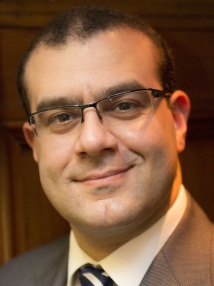BibTex format
@article{Eves:2022:10.2196/34501,
author = {Eves, J and Sudarsanam, A and Shalhoub, J and Amiras, D},
doi = {10.2196/34501},
journal = {JMIR Serious Games},
title = {Augmented reality in vascular and endovascular surgery: a scoping review},
url = {http://dx.doi.org/10.2196/34501},
volume = {10},
year = {2022}
}

